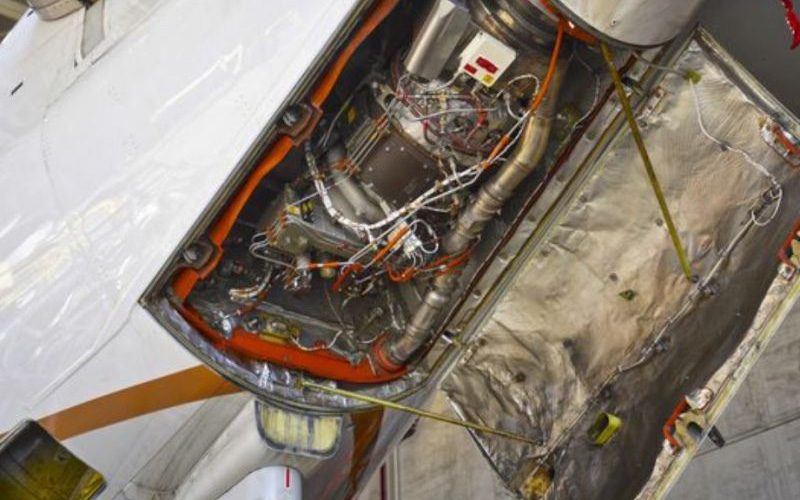The APU or Auxiliary Power Unit will have its own history and it is commonly not shared with the aircraft as they are not always the original upon installation.
The APU can be completely removed from an aircraft and another one installed in its place at any stage.
The APU will have its own status reports including AD’s and SB’s along with its own history.
This ease of removal and installation for the APU is important to understand as if the APU installed does not meet return conditions it can simply be replaced.
The records review here critical as the APU shop visits and overhaul are expensive items. The APU can contain LLP (Life Limited Parts) and itself is condition monitored for items such as Oil Consumption or EGT (Exhaust Gas Temperatures) – trend monitoring. (LLP or “Life Limited Parts” have a defined life that is usually measured in cycles or hours of operation or even calendar days. When an LLP reaches that limit it is destroyed and cannot be used further.)
It is important to consider issues such as High Oil Consumption or High EGT which can be indications of future problems with the APU for example as well as a review of the recent technical log defects for issues of concern “smell in cabin” where if the APU has bleed air then we might need to investigate further.
An APU depending on lease term and the APU will have multiple shops visits; the number depends on the lease term; operating environment/duration etc.
The APU is a high-cost item, and it is important to review this to ensure return conditions are satisfied and there are no defects / historical issues that can be of concern.
Stay up-to-date with all our aviation news and information:
- Click Here to sign up to the IALTA newsletter.
- Follow us on LinkedIn:
- Learn more at www.ialta.aero/courses
#ialta #aircraftmanagement #aircraftleasing #aircraftengineer #aircraftparts #aircraftengines #aircraftmechanic #onlinelearning #aircraftsales
